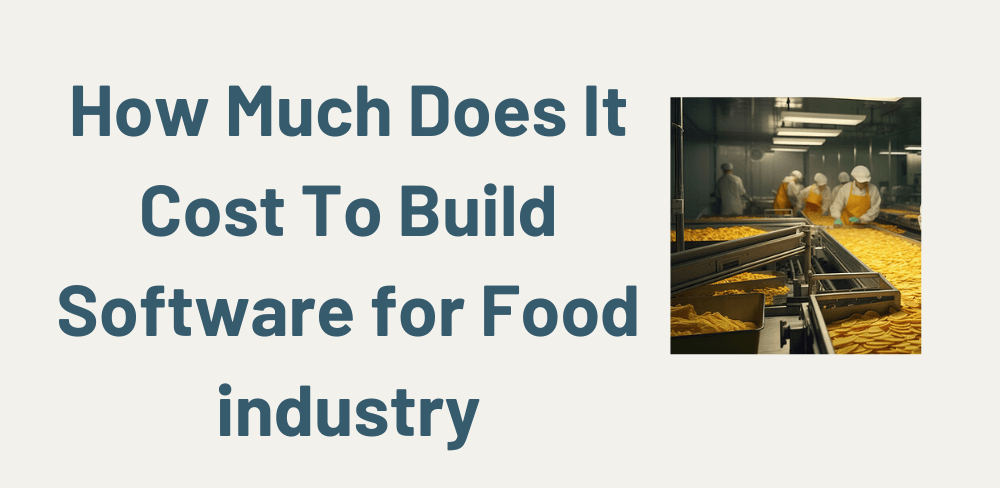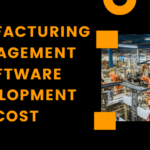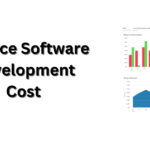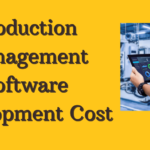Today’s digitally driven world has seen the food industry embrace technology to streamline operations, enhance customer experiences and remain competitive. Building software tailored specifically for this dynamic landscape has become essential for businesses hoping to thrive; however, the cost associated with developing such software varies considerably based on factors like complexity, functionality and technological requirements.
This article delves into the complexities of estimating software development costs for food industry businesses. By exploring the major factors influencing these costs and providing insights into potential cost ranges for various project scopes and features, businesses can gain a deeper insight into the financial considerations involved.
Understanding these costs is essential for businesses in order to make informed decisions, prioritize features appropriately, and allocate resources efficiently when undertaking software development projects in the food industry. With careful planning and collaboration between experienced development teams and businesses, businesses can create software solutions that not only meet operational needs but also add real value for customers in this dynamic market.
Factors Affecting the Cost To Build Software for Food industry
1. Scope and Complexity:
The scope of the software project is one of the primary determinants of its cost, as its scope can have a dramatic impact. A simpler application like an inventory management system will cost much less than something more complex such as online ordering, delivery management or customer relationship management features.
2. Technology Stack:
Your choice of technology stack will affect development costs. Popular platforms, like React.js or Django for frontend development or backend development may offer more talent and resources available to reduce development expenses.
3. Design Requirements:
Design is a vital element of user experience (UX) and user interface (UI). Custom designs tailored specifically to food industry aesthetics and branding will incur greater costs than pre-designed templates.
4. Integration and Third-Party APIs:
Integrating third-party services like payment gateways, food delivery platforms or inventory management systems can add both complexity and cost to any project.
5. Regulatory Compliance:
Compliance with industry regulations such as food safety standards or data privacy laws such as GDPR may require additional features or security measures, which increase development cost.
Estimate Cost To Build Software for Food industry
| Project Scope/Feature | Estimated Cost Range |
|---|---|
| Basic Inventory Management System | $5,000 – $15,000 |
| Online Ordering System | $10,000 – $30,000 |
| Delivery Management | $8,000 – $20,000 |
| Customer Relationship Management | $5,000 – $15,000 |
| AI-driven Recommendation System | $20,000 – $50,000 |
| Real-time Analytics | $15,000 – $40,000 |
| Custom Mobile App | $20,000 – $100,000 |
Conclusion:
Cost estimates for building software for the food industry depend upon many variables, including scope, complexity, technology stack, design requirements and integrations as well as regulatory compliance requirements. While estimating these costs can be challenging for businesses to estimate accurately, informed decisions can be made by considering these elements and working with experienced development teams.
By investing in software tailored specifically to the food industry, businesses can unlock numerous advantages that will boost operational efficiency, customer experiences and competitiveness. However, it is imperative to strike an appropriate balance between functionality and cost in order to meet both business objectives and budget constraints.
As the food industry develops, businesses that want to remain successful must embrace technological solutions in order to stay ahead of the competition. By understanding software development costs and taking advantage of professional expertise, businesses can navigate through its complex digital environment to position themselves for long-term success in this highly dynamic sector.
FAQs
1. What factors impact most heavily upon the cost of software development for food industry applications?
Cost considerations depend on several elements, including the complexity and type of features being requested, the technology stack chosen, the need for custom design services, integrations with third-party services and compliance with industry regulations.
2. How can businesses cut the costs associated with developing software for the food industry?
Businesses can cut costs by prioritizing essential features, selecting scalable technology solutions, using pre-designed templates for user interface/user experience (UI/UX), minimizing custom integrations and taking advantage of open-source software wherever appropriate.
3. How long does it typically take to develop software for the food industry?
Development timelines depend on the scope and complexity of a project; simple applications could take anywhere from several weeks to several months, while more complicated solutions may require several months or even an entire year for development and testing.
4. Are maintenance and updates included in the development costs?
In general, they aren’t; companies should budget for post-launch support, which may involve bug fixes, software updates, security patches and feature enhancements.
5. What are the risks involved with creating software for the food industry?
Risks associated with development projects include delays, cost overruns, security vulnerabilities, compliance issues and user adoption challenges. Mitigating these risks requires thoughtful planning, open communication and proactive management throughout the development process.






